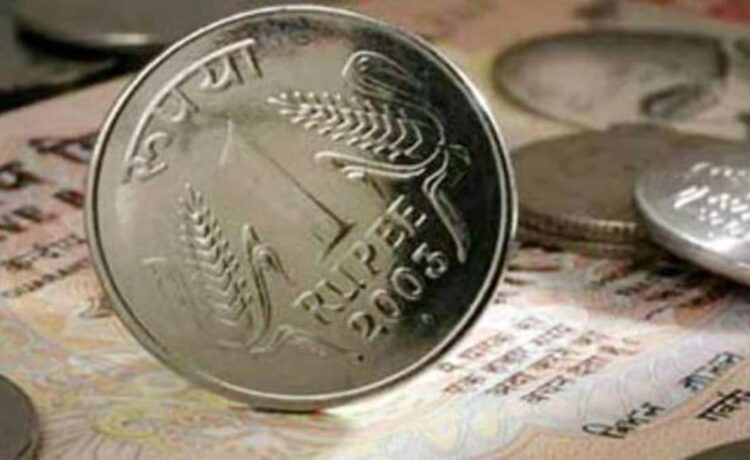The one-year dollar/rupee forward premium plunged on Monday and shorter-term India government bond yields fell, after the Reserve Bank of India (RBI) announced a forex exchange swap to shore up the rupee liquidity.
The RBI on Friday announced to conduct a three-year $10 billion dollar-rupee buy/sell swap on February 28.
The one-year dollar/rupee forward premium fell 12 basis points to 1.99%, the lowest since the first week of December. One-year interest rate swaps fell to near 30-month low.
“One-year forward premiums are expected to fall further as the RBI’s pledge to provide liquidity as and when required has given some confidence to companies…” said a forex trader with a state-owned bank.
Companies take forward premium rates into consideration while making their decision on hedging their foreign exchange risks. A drop in forward premiums reduces the hedging cost of dollar payments that are due in future.
Meanwhile, shorter-duration yields are beneficial for corporates and NBFCs as they largely borrow through such papers. Corporate bond yields track government counterparts, and a drop in yields reduces borrowing costs for companies.
Through the buy/sell swap, the RBI will infuse around Rs 870 crore of liquidity in the banking system.
“Liquidity deficit has become a major problem as it has raised short-term borrowing costs,” said the head of treasury with another state-owned bank.
This comes at a time when the banking sector has been reeling a under large cash deficit, which is expected to persist. The RBI has already infused over Rs 3.6 lakh crore through a combination of open market and secondary market bond purchases, a six-month forex swap and repos that mature in early April.
“Assuming forex intervention, tax outflows and currency leakage in the last month of the financial year, the RBI will have to do open market purchases of around Rs 1 lakh crore to keep durable liquidity near-neutral levels going into the new financial year,” said a market expert.
According to the RBI’s latest data, the banking system liquidity deficit stood at Rs 1.92 lakh crore. Since December, the deficit has consistently remained above Rs 1 lakh crore.






